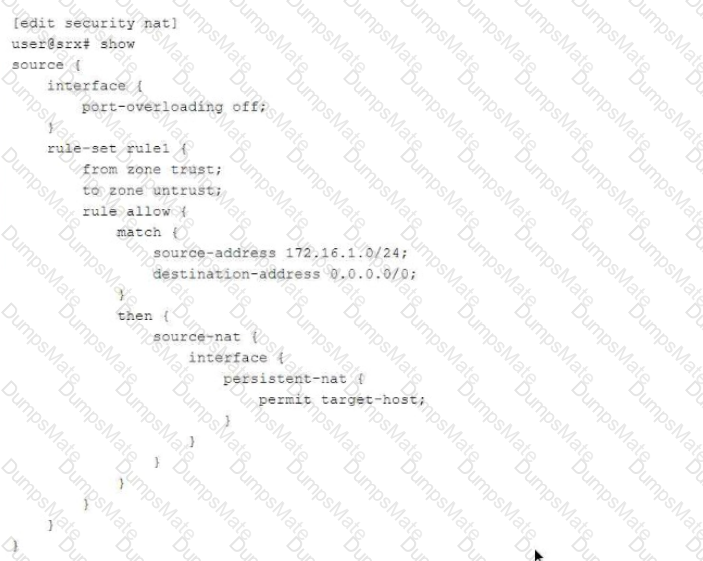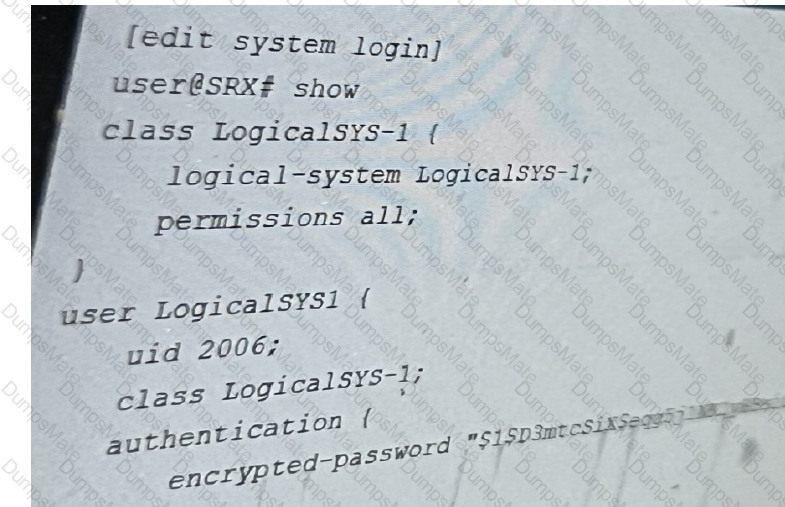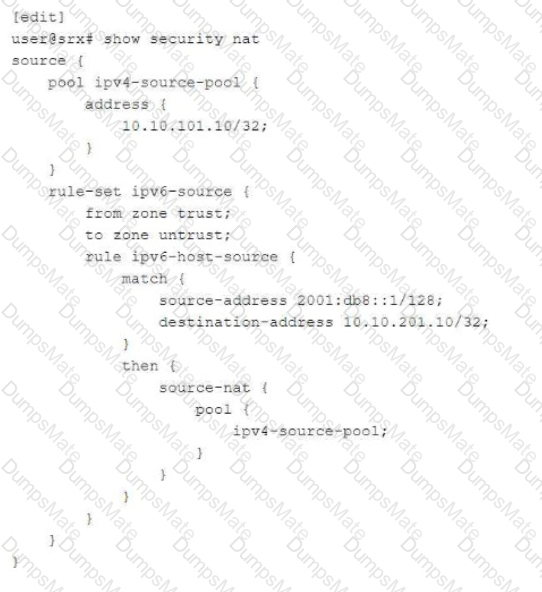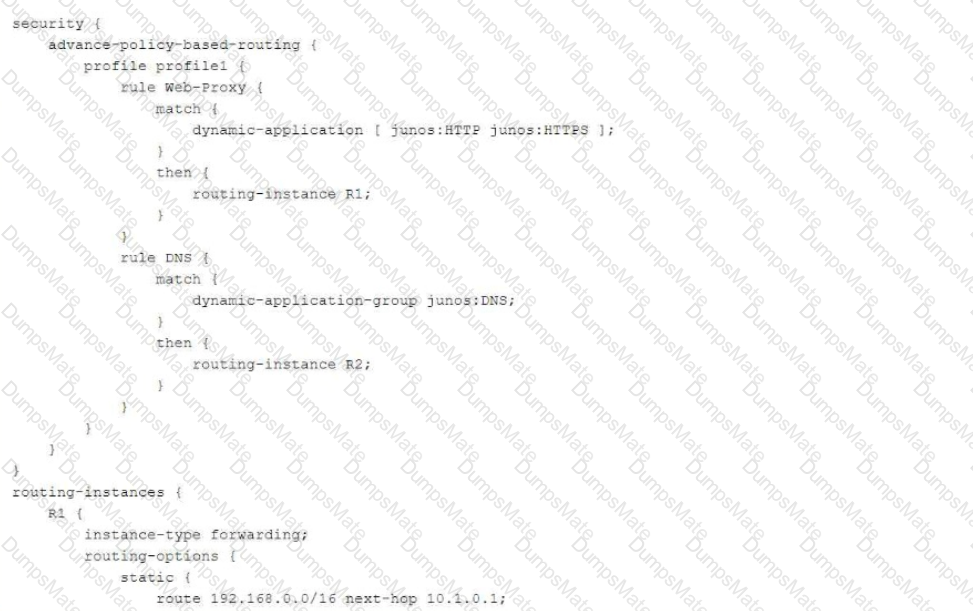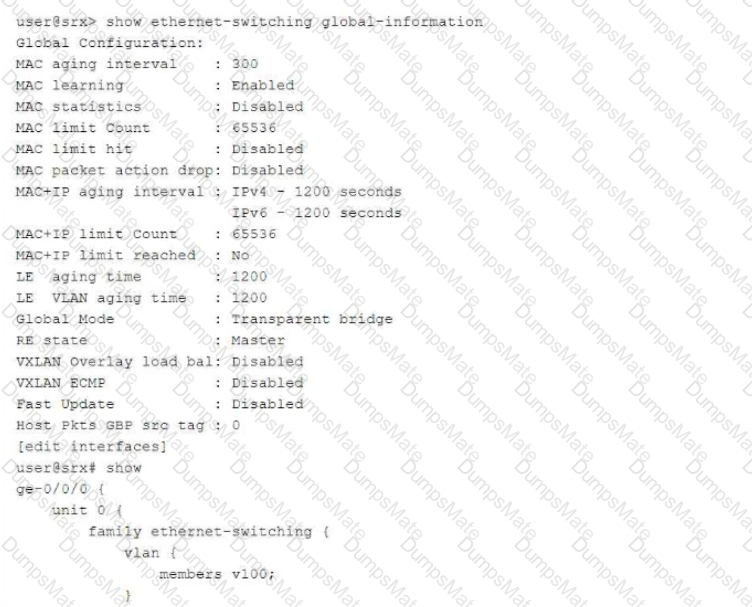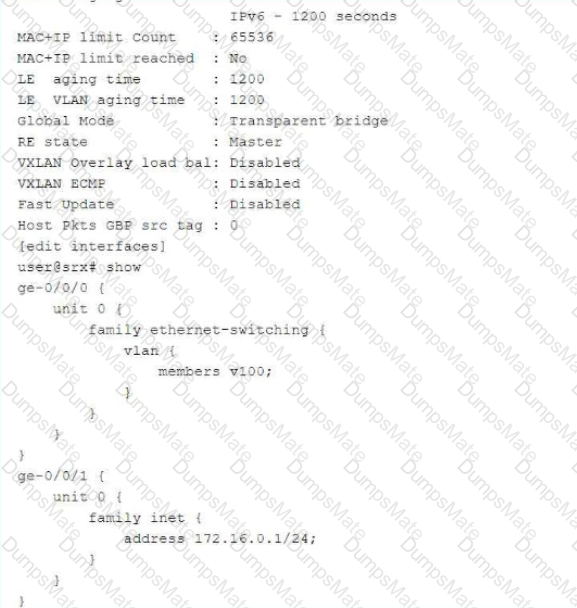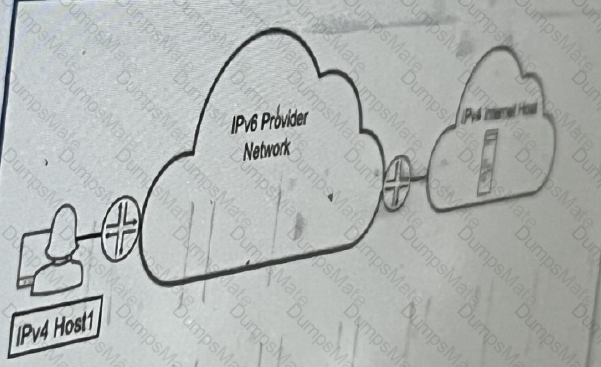Comprehensive Detailed Step-by-Step Explanation with All Juniper Security References
When two networks with overlapping IP address spaces need to communicate, Network Address Translation (NAT) is required to translate the IP addresses so that they become unique across the combined network. In this scenario, both the local network and the new branch office use the same subnet: 192.168.100.0/24. To enable communication without IP conflicts, we need to translate the overlapping addresses to unique ones.
Understanding the Problem:
Local Network (Office A): 192.168.100.0/24
Branch Office (Office B): 192.168.100.0/24
Objective: Allow communication between Office A and Office B despite overlapping IP ranges.
Solution Overview:
To resolve the overlapping IP addresses, we can use Static NAT to create a one-to-one mapping between the overlapping IP addresses and a unique IP range. This way, when packets traverse the network boundary, their IP addresses are translated to a non-overlapping range, avoiding conflicts.
Option B and Option C implement Static NAT to resolve the issue:
Option B (At Office A):
Translates destination addresses from 192.168.200.0/24 to 192.168.100.0/24.
This allows Office B to reach Office A's overlapping network by targeting a unique IP range (192.168.200.0/24).
Option C (At Office B):
Translates destination addresses from 192.168.210.0/24 to 192.168.100.0/24.
This allows Office A to reach Office B's overlapping network by targeting a unique IP range (192.168.210.0/24).
Detailed Explanation:
1. Static NAT Configuration at Office A (Option B):
[edit security nat static]
user@OfficeA# show rule-set From-Office-B {
from interface ge-0/0/0.0;
rule 1 {
match {
destination-address 192.168.200.0/24;
}
then {
static-nat {
prefix { 192.168.100.0/24; }
}
}
}
}
[Reference:, Juniper Networks Documentation: "Configuring Static NAT", 2. Static NAT Configuration at Office B (Option C):, Configuration:, [edit security nat static], user@OfficeB# show rule-set From-Office-A { , from interface ge-0/0/0.0; , rule 1 { , match { , destination-address 192.168.210.0/24; , } , then { , static-nat { , prefix { 192.168.100.0/24; } , } , } , } , }, Explanation:, from interface ge-0/0/0.0;: Specifies the interface through which the traffic is received., Matching Traffic:, destination-address 192.168.210.0/24;: Matches packets destined for 192.168.210.0/24., Action:, static-nat { prefix { 192.168.100.0/24; } }: Translates the destination address to 192.168.100.0/24., Result:, Office A sends packets to 192.168.210.0/24, which are translated to 192.168.100.0/24 upon arrival at Office B., Reference:, Juniper Networks Documentation: "Configuring Static NAT", Why Options A and D are Incorrect:, Option A and Option D use Source NAT, which is typically used for translating the source IP address of outgoing traffic., Source NAT with interface-based translation may not resolve overlapping IP issues effectively because it doesn't provide a one-to-one mapping of the overlapping addresses., In scenarios with overlapping networks, Static NAT is preferred as it allows for consistent and predictable address translation, essential for two-way communication., Key Juniper Concepts:, Static NAT:, Provides a one-to-one mapping between local and global addresses., Useful for scenarios where bidirectional communication is required., Reference: Juniper Networks Day One Book "Advanced NAT Concepts", Source NAT:, Typically used for translating private IP addresses to public IP addresses for outbound traffic., Interface-based Source NAT translates the source IP to the IP address of the egress interface., Not ideal for resolving overlapping IP spaces in bidirectional communication., Additional References:, Juniper TechLibrary:, "Understanding NAT in SRX Series Devices", "Configuring NAT for Overlapping Networks", Juniper Forums and Knowledge Base Articles:, Discussions on resolving overlapping IP address spaces using Static NAT., Conclusion:, By implementing Static NAT configurations as shown in Options B and C, both offices can effectively communicate despite having overlapping IP address spaces. Static NAT ensures that IP addresses are uniquely translated, avoiding conflicts and enabling seamless connectivity between the two networks., ]



